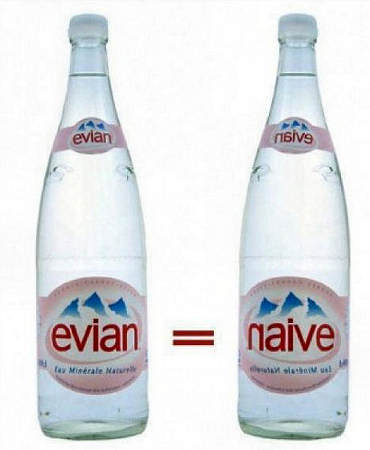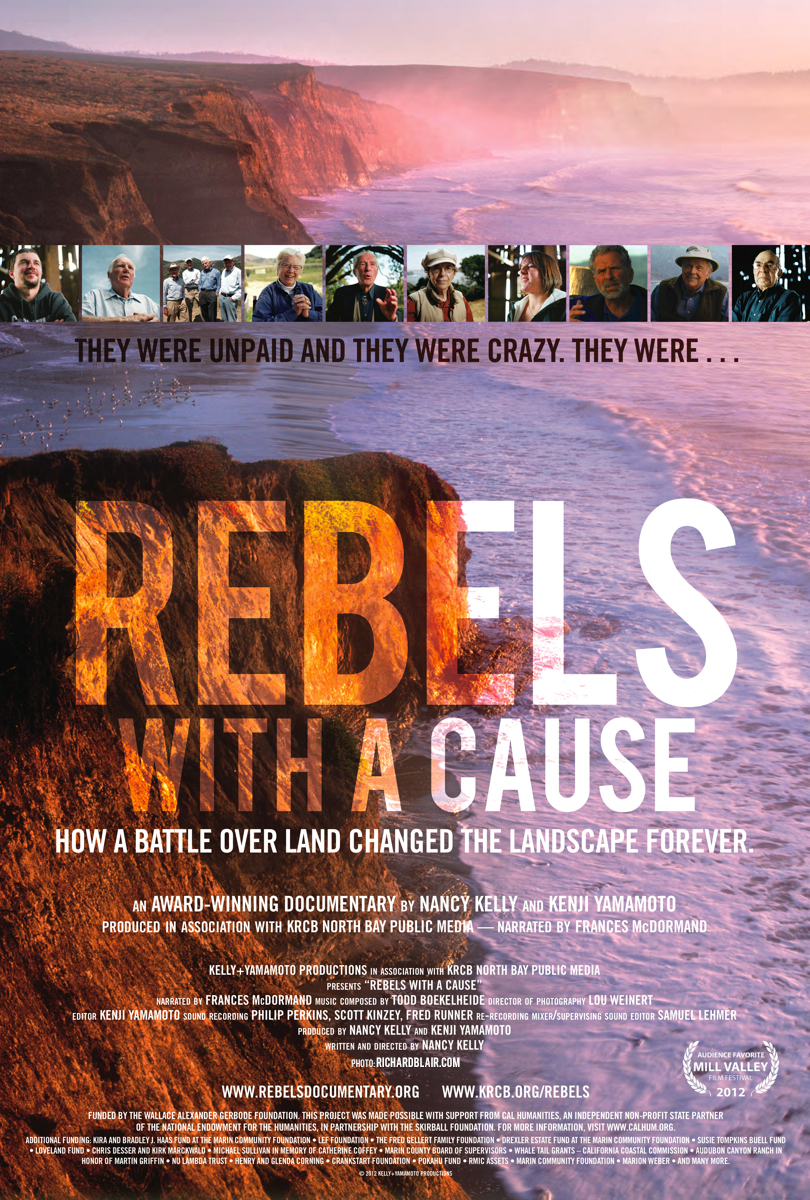Although Warner (D) ended up
voting in favor of the bill, on Tuesday November 18, the US Senate rejected
TransCanada’s Keystone XL Pipeline proposal by one vote.
As “What You Need To KnowAbout The Keystone XL,” an NPR story by Jeff Brady and Scott Horsely mentions,
XL is “just a fraction” of the existing pipeline. This would have been the
fourth part of the Keystone Pipeline Project spanning from Alberta, Canada to Steele
City, Nebraska (the first three parts have already been approved, built and are
currently used to transport US oil). This article looks at some pluses and
minuses to Keystone XL, but there are several other articles- cited at the end-
that provided me with information to come to the conclusion that our country is
not ready for Keystone XL.
For many Keystone looked
like a good thing for the country. It was predicted that this fourth phase- the
XL Pipeline- would eventually transport 830,000 barrels of oil per day. That
means less of a reliance on the Middle East, and more American energy independence.
But if this is all you know about the project than I challenge you to look
beyond the TransCanada fact sheet.
The XL Pipeline would
transport Canadian tar sands- acknowledged as one of the dirtiest hydrocarbons
in the market. Its production requires clear cutting of forests to steam the
grounds and extract the oil. It is estimated that the tar sands production creates
17 times the amount of greenhouse gases as US production of conventional oil
(Brady), and 2-5 barrels of fresh water for every barrel of bitumen (heavy
crude oil). Then we need to find space to create artificial “ponds” for the
tailings- the toxic water leftovers. At this point you may be thinking ok, “well
this is Canada’s problem right? We don’t have to deal with the consequences.”
Not quite. Our US pipeline
regulations have standards made for the transport of light crude. Diluted
bitumen is the mixture of a lighter hydrocarbon, chemicals (frequently
including benzene a known carcinogen), a bitumen- heaviest crude oil today. Although
the studies’ results are mixed, the fact that some studies have proven the
transport of “dilbit” to result in increased temperatures, pressures and
corrosiveness of the pipelines indicates to me that more research needs to be
done (Song).
Also the results of a “dilbit” spill can be much more damaging
than that of a conventional spill, because unlike a conventional spill where
the oil floats on the surface of the water, in a dilbit spill, the lighter
hydrocarbons evaporate and the heavier bitumen sinks into the riverbed. These
spills are harder and much more expensive to clean up (Song).
We have seen this play out
before. In 2010, around the time of the BP Oil Spill, Enbridge Energy Partners’s
pipeline broke in Kalamazoo, Michigan creating The Marshall Spill. It is
estimated that while it costs $2,000/ barrel to clean up a conventional spill,
it cost $29,000/ barrel to clean up the Marshall “dilbit” spill. Four years and
$1 billion later, they are still cleaning up the mess (Song).
Another problem is our
inadequate response mechanisms. Industry relies on remote sensors to indicate
the presence of a leak. The sensor takes eight minutes to alert the control
center of what has happened. However, the fatal flaw is that this alarm detects
changes in all oil flow and pressure, and therefore it goes off not only for leaks
but also for bubbles in the oil. As we saw in the Kalamazoo incident, it is not
easy to decipher between the two. Sixteen alarms went off, but the controllers assumed
the problem was oil bubbles and continued the flow of oil. It wasn’t until 17
hours after its start, that the leak was confirmed (Song).
And these are the spills
that are caught. According to a Pipeline and Hazardous Materials Safety
Administration study between 2002-2012, the device only caught 5% of the
nation’s spills.
This is more than an
environmental problem. In the case of Kalamazoo, the Michigan Department of
Community Health study estimated that 58% of the residents living in vicinity
experienced adverse health effect).
It’s easy to say that
Enbridge Energy Partners are not the same as TransCanada, and therefore we
should not be punishing TransCanada for their mistakes. This would be easy if TransCanada had a clean
record, but unfortunately they don’t. Between June 2010 and September 2011, the
first phase of the pipeline had already leaked 14 times. Twelve of these were
so big that they had to be brought to federal authorities (Song).
Although the bill did not
pass Tuesday, it is likely to come around again next congress with a republican
senate. Obama is still waiting for a verdict from the Nebraska court as to the
exact route of the pipeline, but once the verdict is out, there is a good
chance Obama will approve it. And even if he doesn’t, there is the likely
possibility of a Senate override.
I am concerned that we are
entering a new game without changing the old rules. We don’t have enough data,
regulations or response mechanisms to give the go ahead to Keystone XL. This
project should only pass when we are 100% certain that public safety will not
be compromised. We are not there yet.
Works Cited
“Acute Health Effects of
the Enbridge Oil Spill.” Michigan
Department of Community Health MDCH, Nov. 2010. Web. 17 Nov. 2014.
<http://www.michigan.gov/documents/mdch/enbridge_oil_spill_epi_report_with_cover_11_22_10_339101_7.pdf>.
Brady, Jeff and Horsley, Scott. “What You Need To
Know About The Keystone XL.” NPR NPR,
17 Nov. 2014. Web. 21 Nov. 2014.
<http://www.npr.org/2014/11/17/364727163/what-you-need-to-know-about-the-keystone-xl-oil-pipeline>.
Casey-Lefkowitz, Shope and Swift. “Tar Sands
Pipelines Safety Risks.” NRDC, NWF,
Pipeline Safety Trust and Sierra Club. Feb 2011. Web. Nov. 2014. <http://www.nrdc.org/energy/files/tarsandssafetyrisks.pdf>.
Song, Lisa. “A Dilbit
Primer: How Its Different from Conventional Oil.” Inside Climate
News Inside
Climate News, 26 June 2012. Web. 16 Nov. 2014. <http://insideclimatenews.org/news/20120626/dilbit-primer-diluted-bitumen-conventional-oil-tar-sands-Alberta-Kalamazoo-Keystone-XL-Enbridge
>.
Song, Lisa. “Few Oil
Pipeline Spills Detected by Much-Touted Sensors.”
InsideClimateNews InsideClimateNews,
19 Sept. 2012. Web <http://www.bloomberg.com/news/2012-09-19/oil-pipeline-spills-go-undetected-by-much-touted-sensors.html>.













